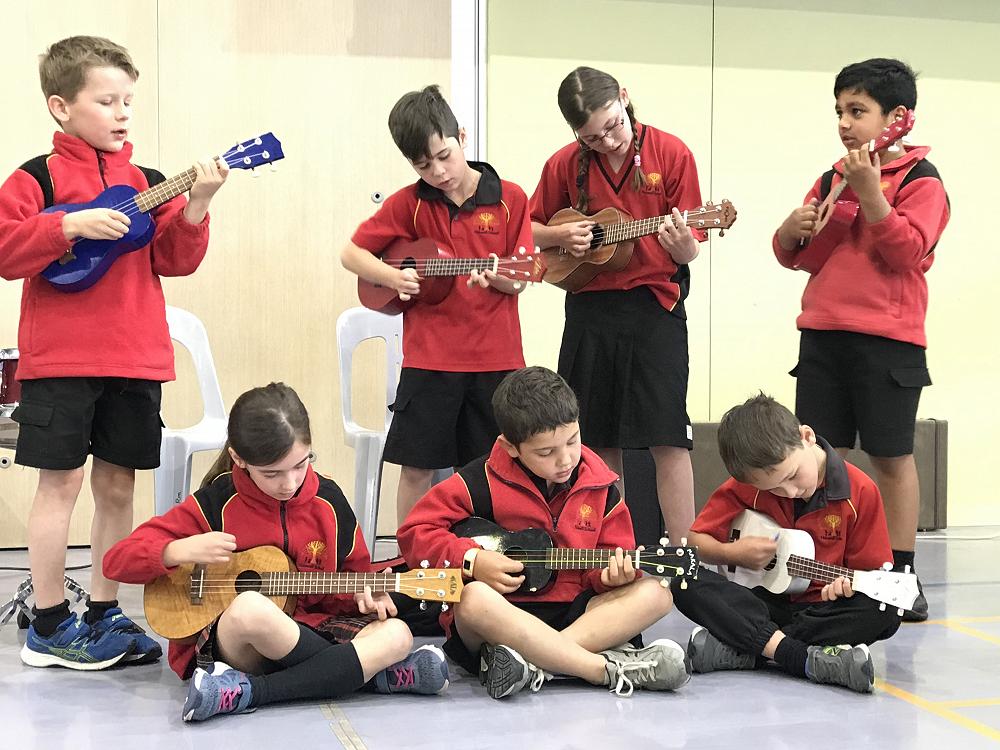
Principal's Desk
Tēnā koutou e te Whānau
As the end of the school year rapidly approaches, I would like to take this opportunity to update you on next year's school structure. Please find attached the full school structure for 2021. You will note that we have four new teachers on our staff next year. Michael Ruffell (Ōtūmatua) joins us from Loburn School, Fiona Virtue (Ōtāwhito) from Waimairi School, Laura Eade (Ōtāwhito) will be returning to Halswell School after some time teaching overseas, and Abbi Thomas (Ōrongomai) will be starting her teaching career with us. We are very excited to have these teachers as part of our team and know that they will bring a broad array of experiences and strengths with them.
You will also notice that we once again have composite classes throughout the school. I’m occasionally asked by parents why the school is structured this way. Composite classes are a very common feature of New Zealand schools and in some schools, it is not unusual to have three or more year levels within a class.
One of the main reasons we organise T groups into two-year level composite classes is that it allows us to maintain our preferred team structure of Years 0-2 (Ahuriri & Huritini), Years 3&4 (Ōrongomai), Years 5&6 (Ōtāwhito) and Years 7&8 (Ōtūmatua). This is a result of having to juggle the number of children in each year level with the staffing entitlement we are allocated by the Ministry of Education.
In a ’perfect’ world we would get even numbers of students coming through each year, this, of course, is not the case so we need to move and adjust numbers to try and get the best balance possible across the school. By having composite classes we are often able to reduce class sizes considerably within each team.
In addition to this, there are many advantages to composite classes; they provide leadership opportunities for older children and provide many extension opportunities for younger children. Composite classes also allow us more flexibility for placing new children who arrive during the year and the ability to balance students with learning needs (on both ends of the cognitive spectrum) and/or behavioural challenges when T groups are being put together.
The reality is that every classroom has a wide spread of abilities regardless of the different year groups within it. One of the many advantages of having collaborative teaching spaces is that we can cater to a broad range of learning needs by grouping students at the same achievement level in these core subjects. This allows teachers to deliver a programme that more accurately targets the specific learning needs in their studios regardless of year levels.
In summary, like most schools in New Zealand, we have deliberately chosen to structure the school with composite classes in the past (and will continue to do so in the future) as it allows us the best opportunity to balance classes, cater for the many different learning needs of our students and keep numbers as close to, or lower than, what the Ministry of Education funds us for.
Ngā mihi nui
Stuart Cameron
Principal
